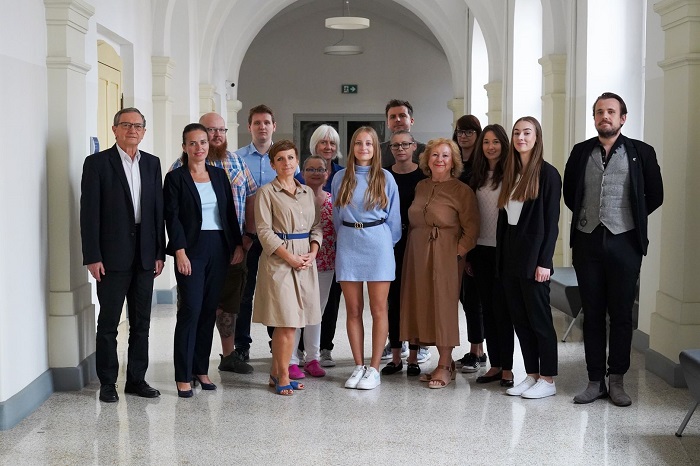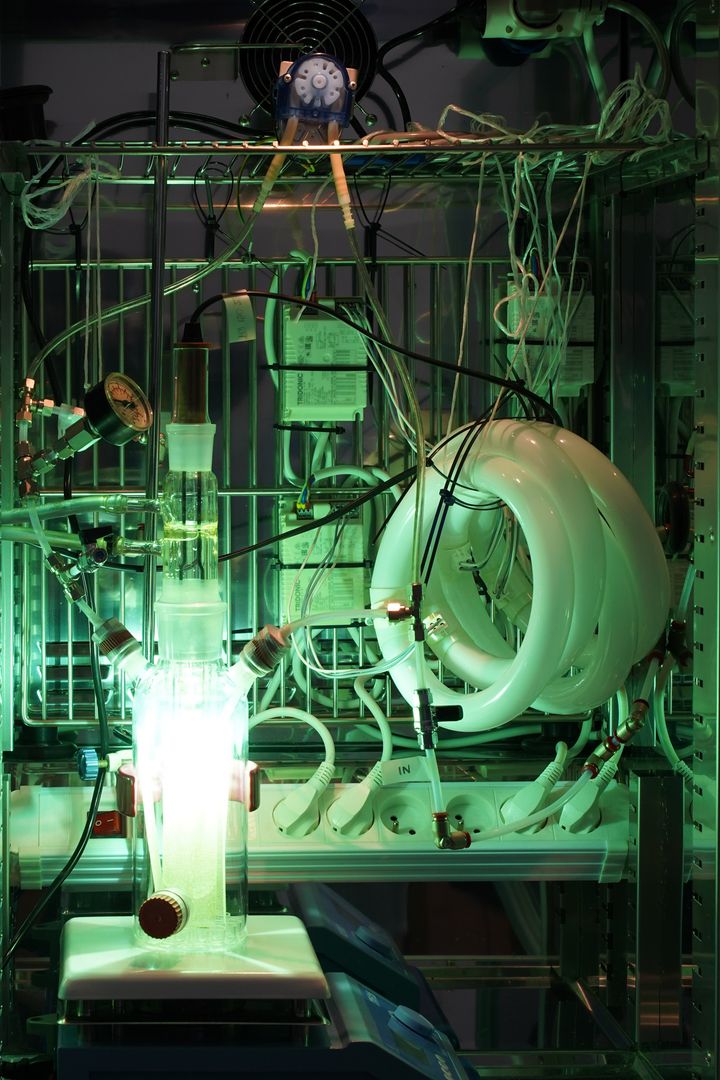
A Polish-Norwegian team of scientists is developing a method of converting carbon dioxide into carbon monoxide, hydrogen and methane. As part of the research project, they also managed to obtain ammonia.
Carbon dioxide is one of the greenhouse gases responsible for global warming and the related unfavourable and often catastrophic weather phenomena. It can be captured and stored, or attempted to be converted into useful products.
The Polish-Norwegian team led by Professor Urszula Narkiewicz from the Faculty of Chemical Technology and Engineering of the West Pomeranian University of Technology in Szczecin, as part of the PhotoRed project, converts carbon dioxide into carbon monoxide, hydrogen and methane. 'Recently, we also managed to obtain ammonia, which is not only an intermediate product for the production of artificial fertilizers, but also a hydrogen storage material,’ they say.

'The carbon dioxide reduction process, carried out in mild conditions, takes place using special materials (photocatalysts) obtained as part of the project and light,’ the West Pomeranian University of Technology posted on its website. 'The quantities of obtained products, although similar to those obtained in other research laboratories around the world, are small for now and the road to implementation of research results is still long.’
The research is conducted by a team of about 20 scientists from the West Pomeranian University of Technology in Szczecin, and eight Norwegian scientists from the University of South-Eastern Norway (USN) and SINTEF (Industry and Ocean institutes). The teams work at their respective universities, but also meet in person to discuss research results and share the acquired knowledge and experience.
The Polish-Norwegian research project PhotoRed is financed by the Polished National Centre for Research and Development. The research started in September 2020 and is scheduled to continue until February 2024. Its cost exceeds PLN 8.5 million.
According to the university, at the same faculty, in the Department of Inorganic Chemical Technology and Environmental Engineering, research has been conducted since September on the management of carbon dioxide by photocatalysis, under the supervision of Professor Iwona Pełech.

'As part of the project, whose partners are also USN and SINTEF Industry and SINTEF Ocean, new methods of simultaneous doping of titanium dioxide with metals and non-metals will be developed and the impact of dopants on the photocatalytic activity of titanium dioxide in the photoreduction process of carbon dioxide will be investigated, with particular attention to the efficiency of hydrogen production,’ the scientists say.
The task is financed by the Fund for Bilateral Cooperation, the Financial Mechanism of the European Economic Area 2014-2021 and the Norwegian Financial Mechanism 2014-2021, through the Ministry of Funds and Regional Policy. The cost is over PLN one million.
amk/ zan/ kap/
tr. RL


